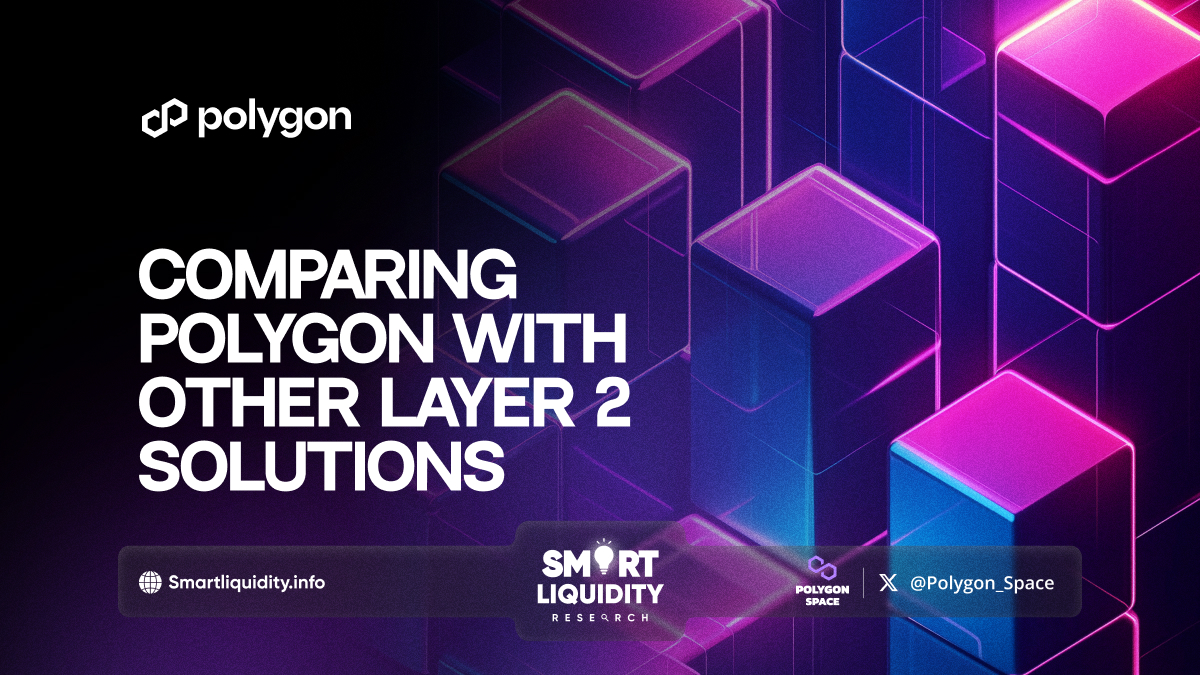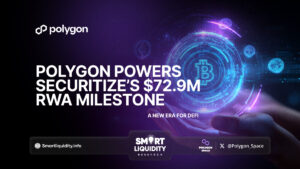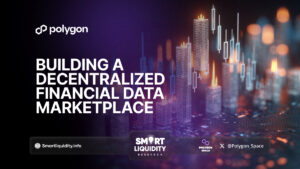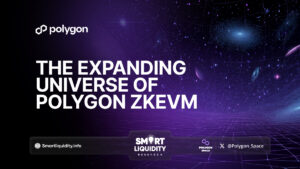Comparing Polygon with Other Layer 2 Solutions


As the Ethereum blockchain grapples with scalability issues, Layer 2 solutions have emerged as crucial components for enhancing its performance. Among these solutions, Polygon stands out due to its unique features. However, it’s essential to compare Polygon with other Layer 2 technologies to understand its advantages and limitations.
Polygon offers a multi-chain scaling solution by utilizing sidechains and a Plasma framework. This approach allows for faster and cheaper transactions compared to Ethereum’s mainnet. Additionally, Polygon benefits from its robust infrastructure, which supports a wide range of decentralized applications (dApps). Consequently, developers are increasingly drawn to Polygon for its scalability and lower transaction fees.
On the other hand, Optimistic Rollups, such as those implemented by Optimism and Arbitrum, present a different approach. These solutions enhance scalability by processing transactions off-chain while periodically settling on the Ethereum mainnet. While Optimistic Rollups also reduce transaction costs and increase throughput, they introduce a challenge: the potential delay due to dispute resolution mechanisms. This delay can impact the user experience compared to Polygon’s more immediate finality.
Furthermore, zk-Rollups, like those utilized by zkSync and StarkWare, leverage zero-knowledge proofs to ensure transaction validity. This method provides both scalability and enhanced privacy. However, zk-Rollups are still evolving and might face challenges related to complex integrations and higher computational requirements. Therefore, while they offer promising advantages, they may not yet be as user-friendly as Polygon.
In conclusion, each Layer 2 solution, including Polygon, Optimistic Rollups, and zk-Rollups, has distinct characteristics. Polygon excels in providing a user-friendly experience with its sidechain approach. Conversely, Optimistic and zk-Rollups offer alternative benefits but come with their own set of trade-offs. Ultimately, the choice of Layer 2 solution depends on the specific needs and priorities of developers and users.




